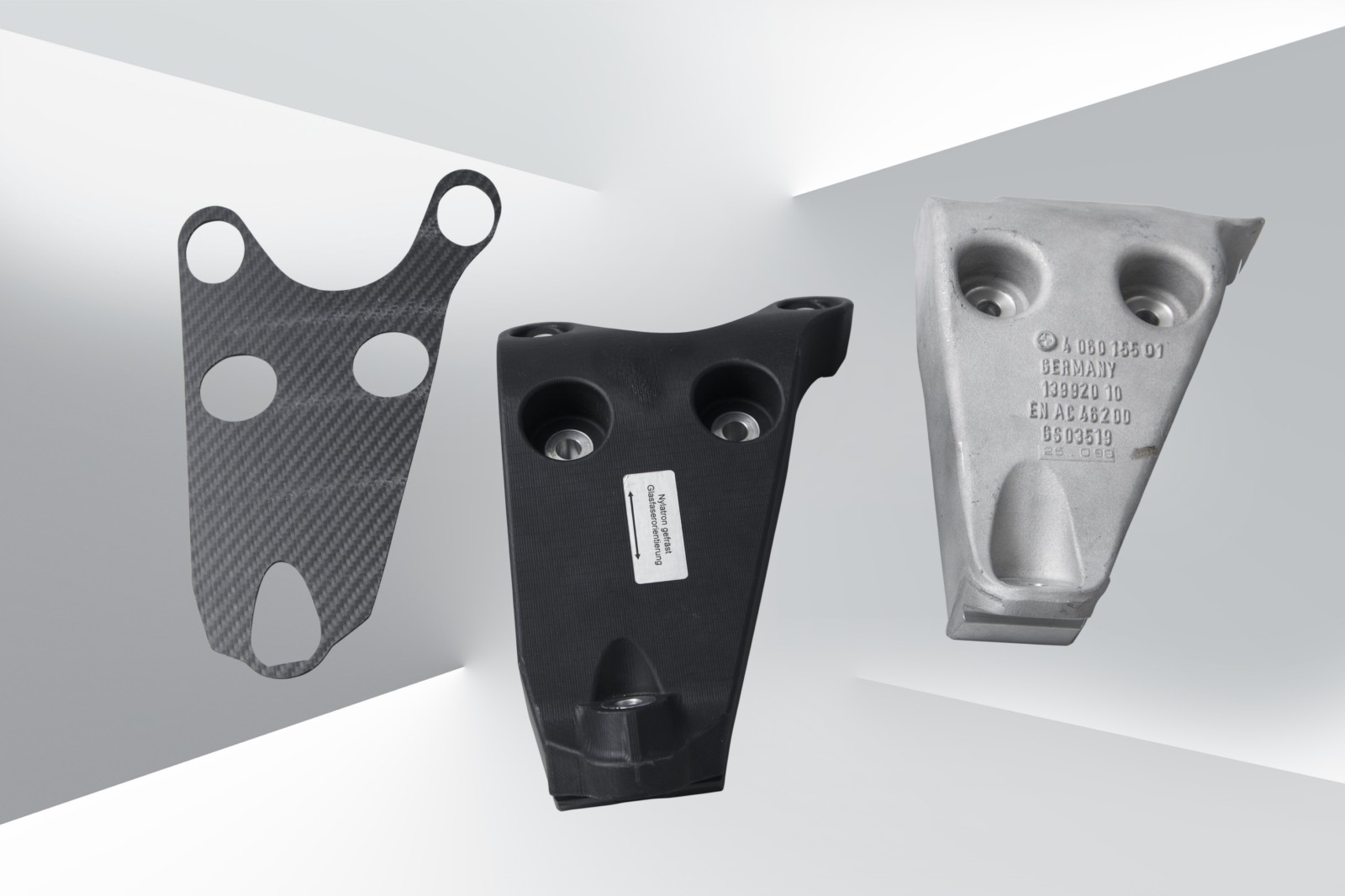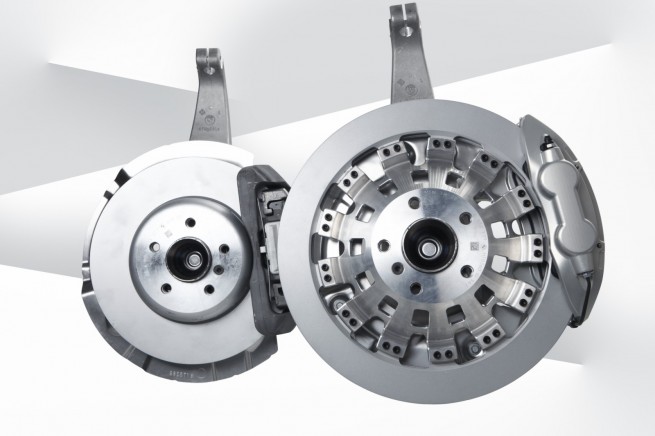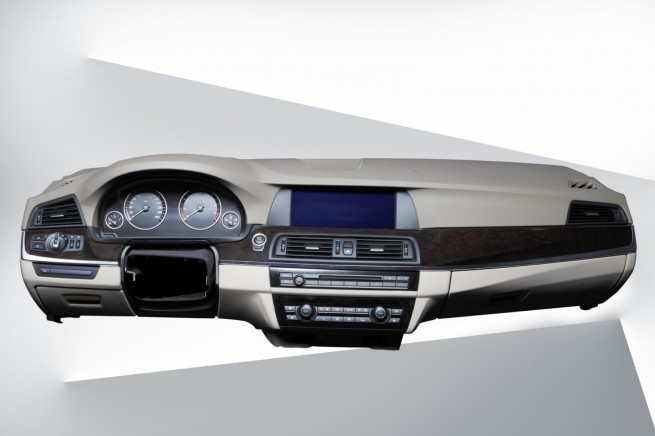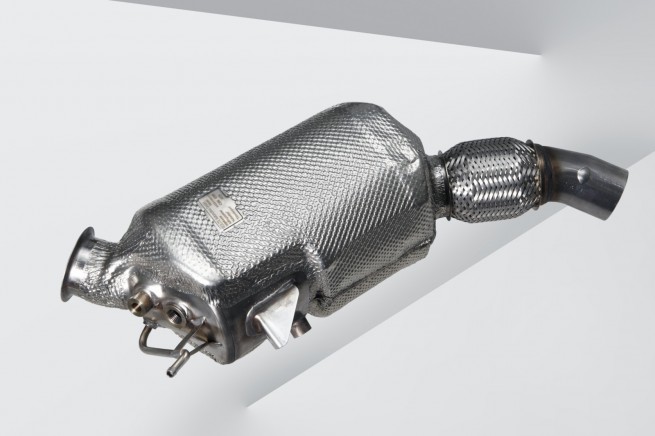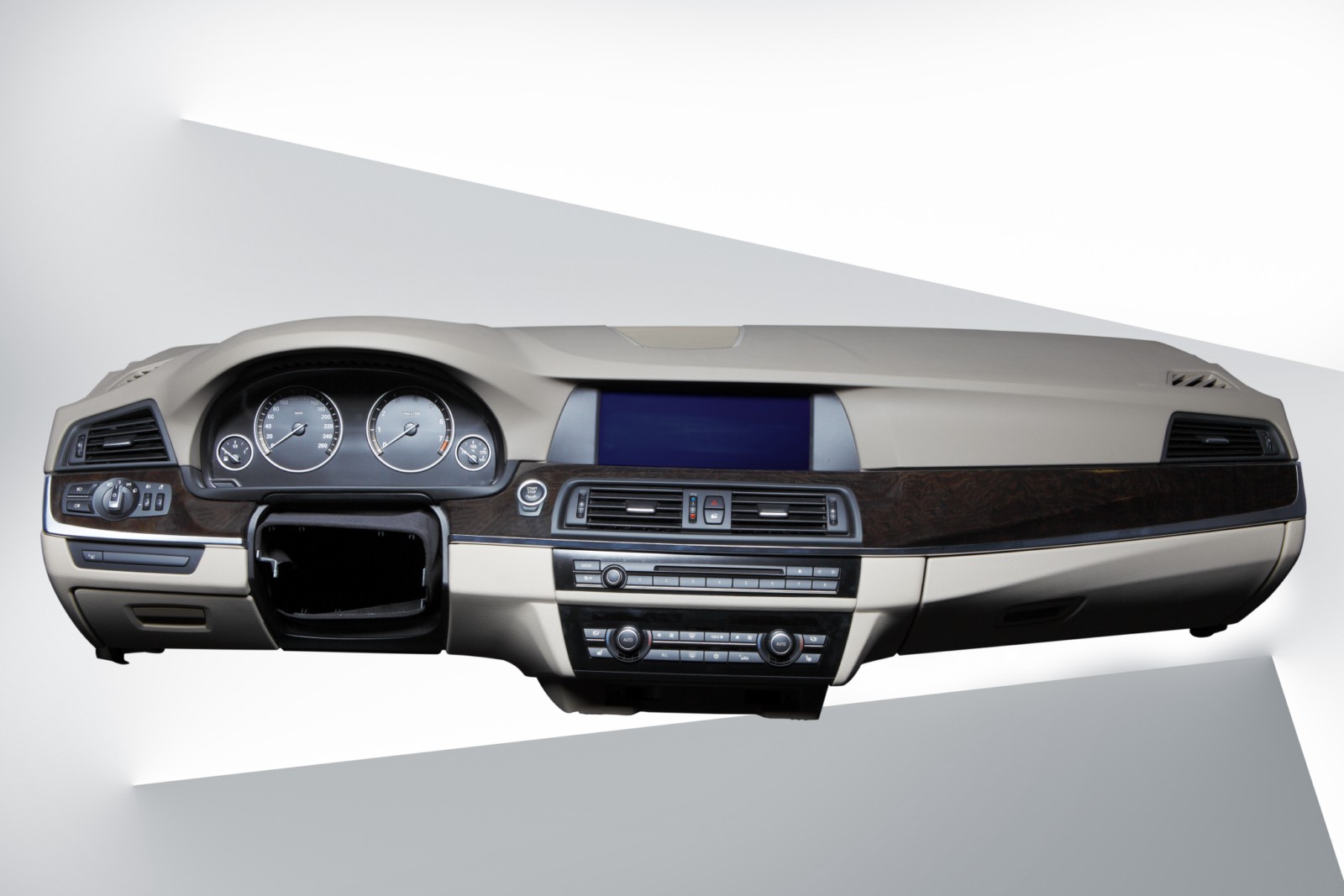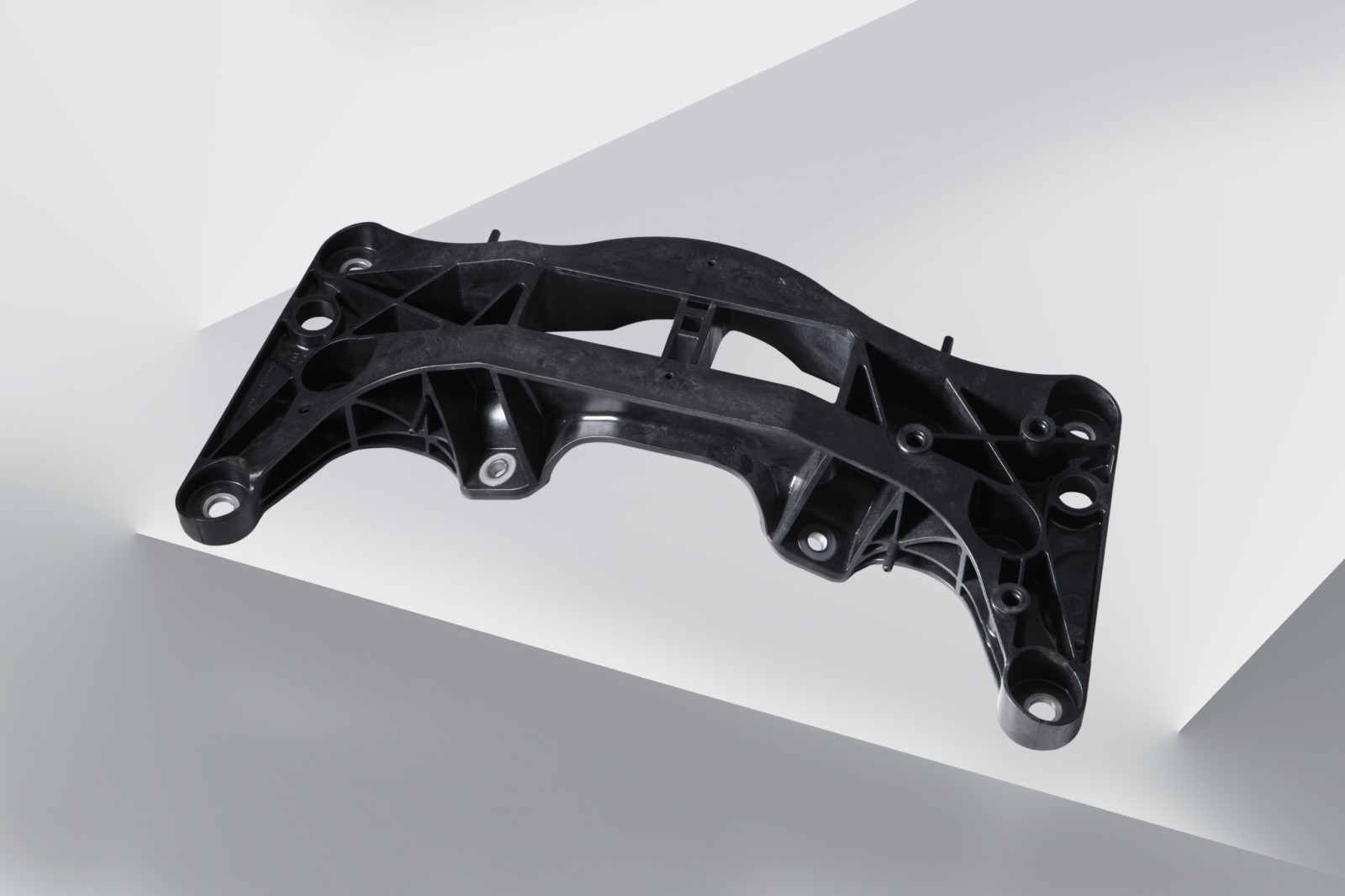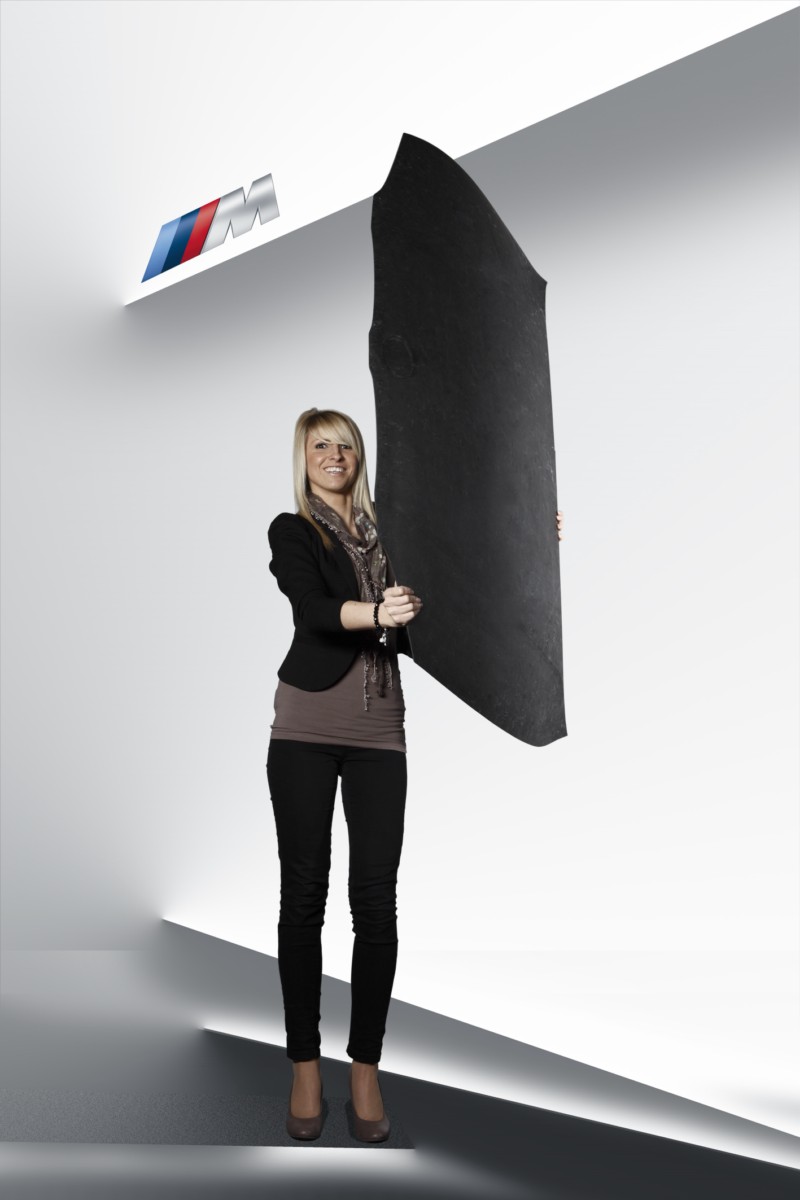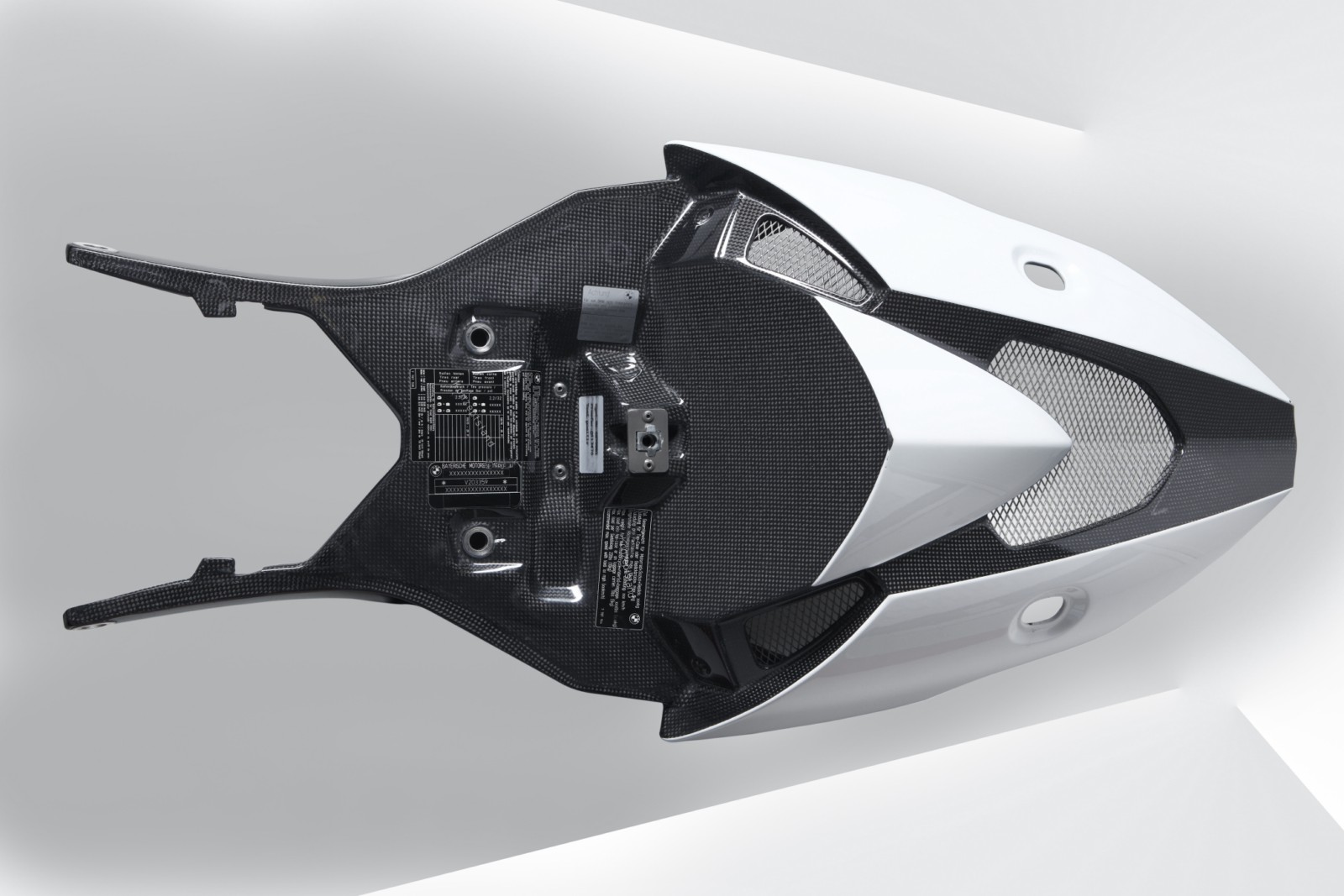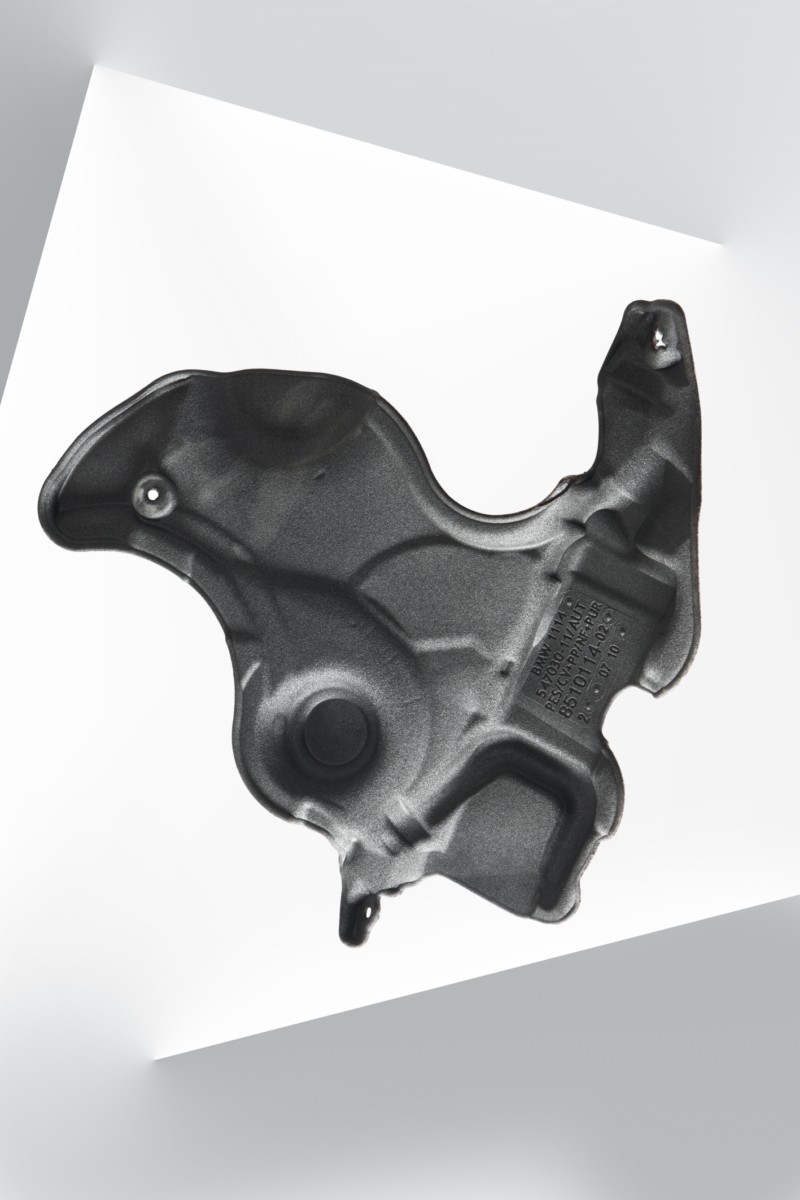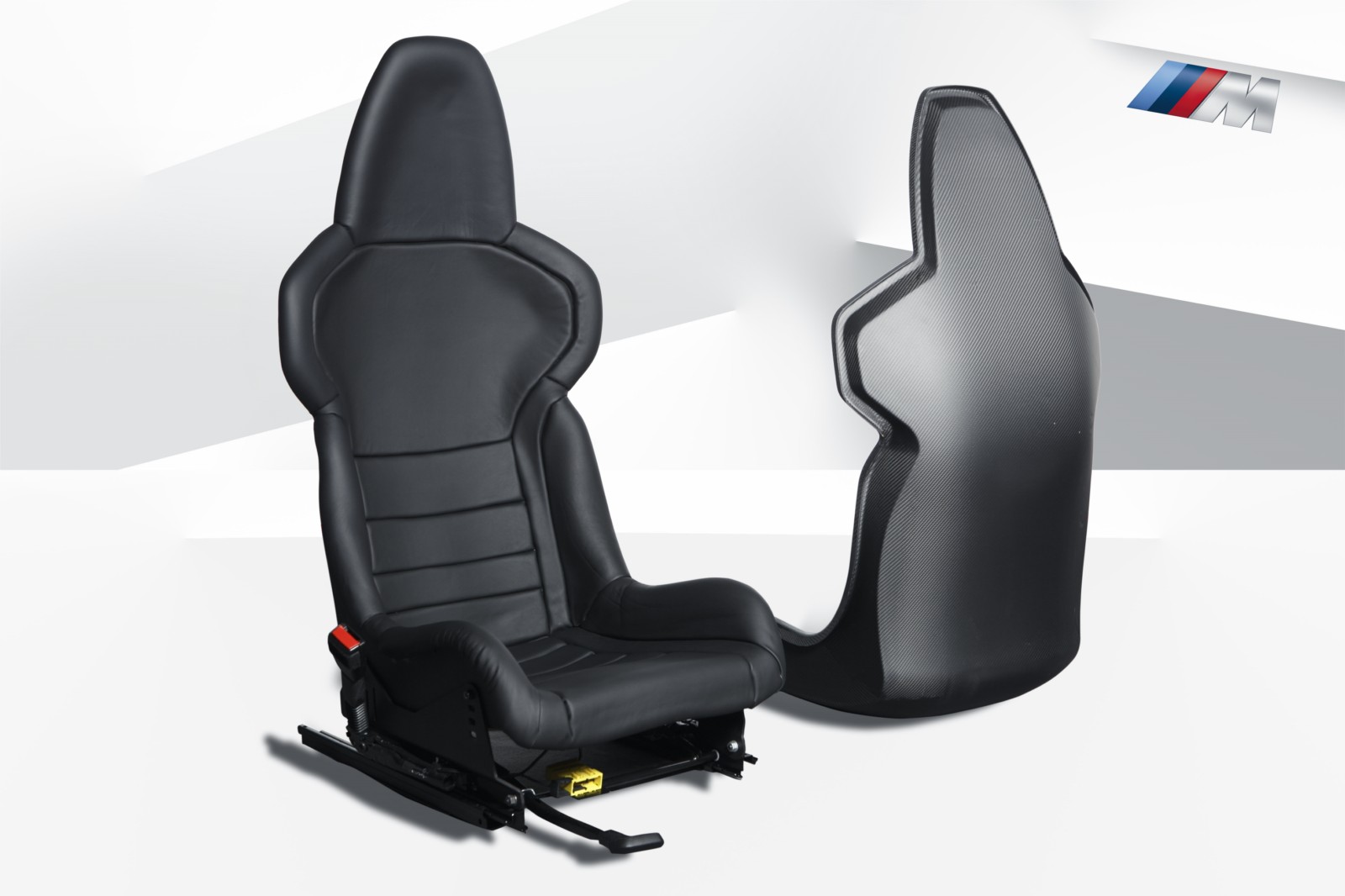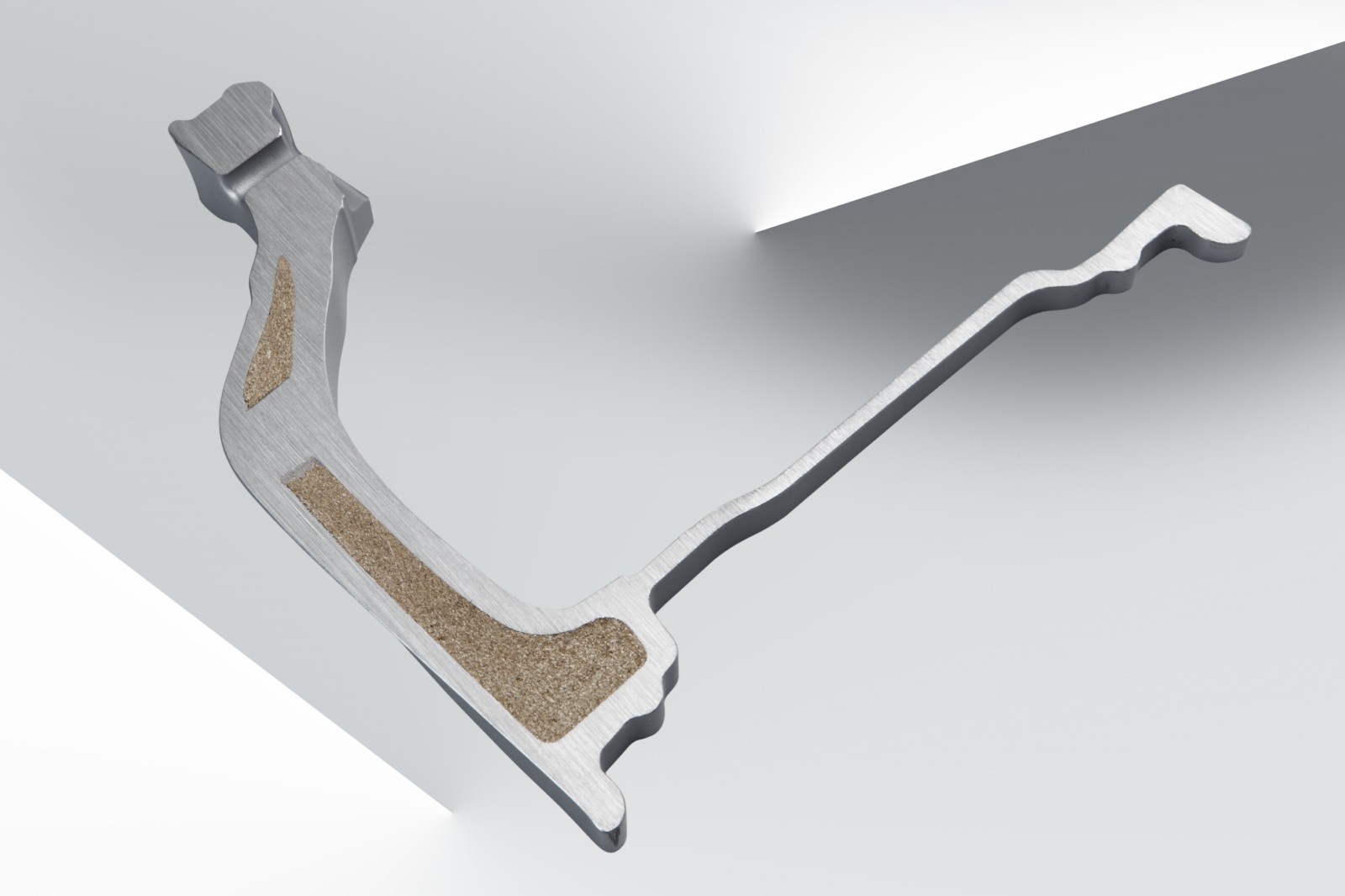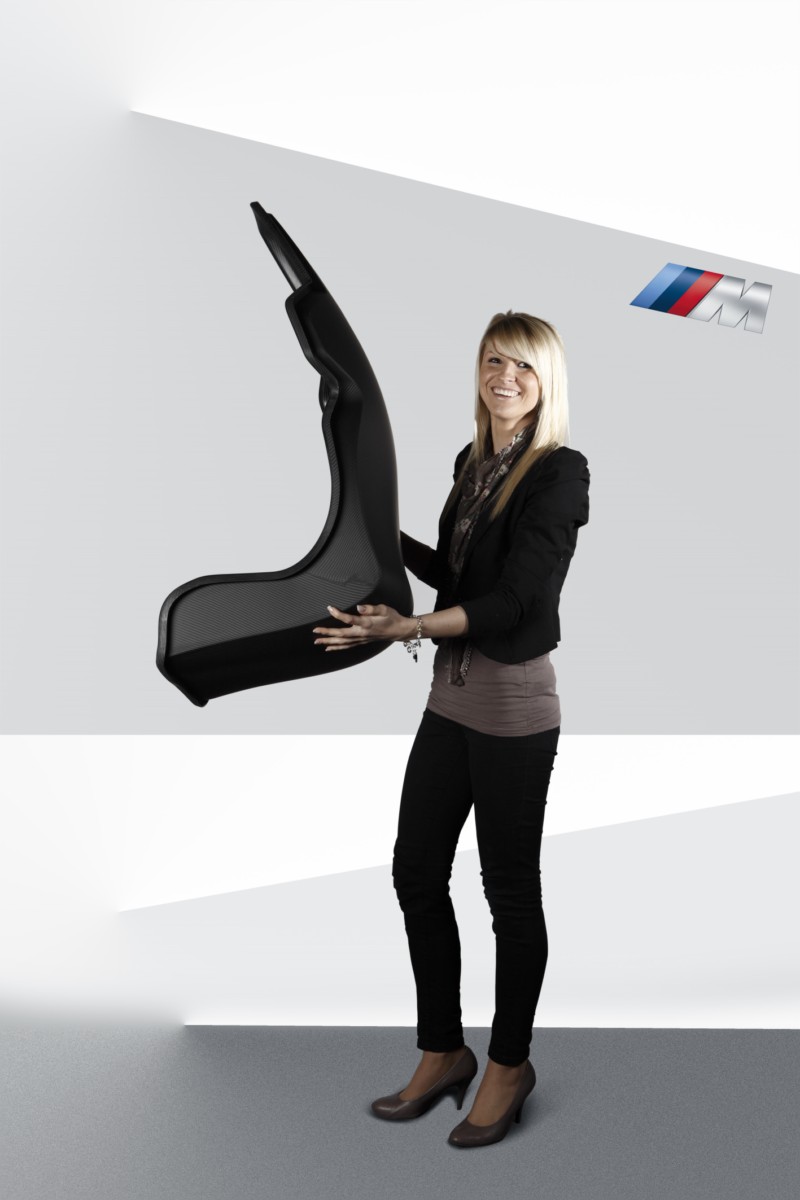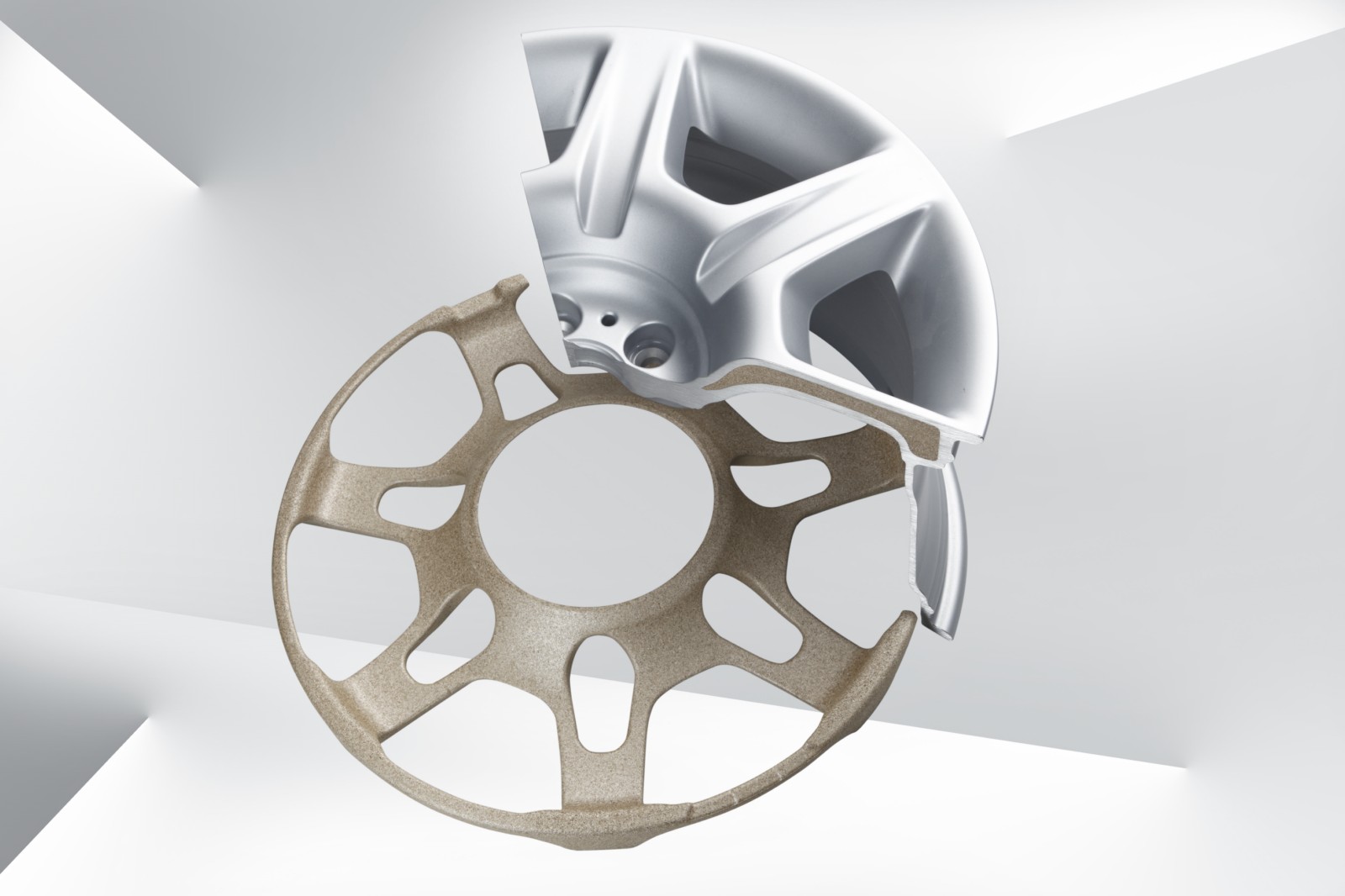This week, BMW is hosting their annual Innovation Days event. Every year, the Munich-based automaker showcases some of their future technologies, and the main theme this year is EfficientDynamics.
In the press release issued today, an entire section is focused on Light Weight Construction parts and BMW’s advancement in this area. From CFRP and aluminum bonnets, to carbon fiber seats, BMW’s focuse for the future is on weight reduction. Here is the section from the lengthy press release:
Intelligent lightweight construction as a development principle for Efficient Dynamics: New perspectives on weight improvement.
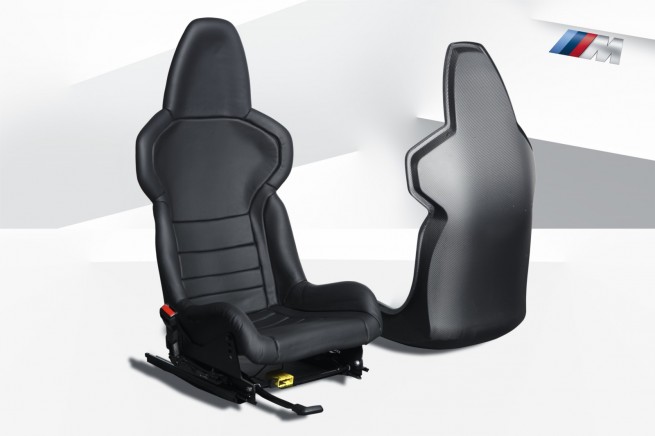 Thanks to Efficient Dynamics the BMW Group is succeeding in continuously reducing the consumption and emission values of current and future models and simultaneously increasing the pleasure of driving characterised by dynamics and agility. Furthermore, additional requirements, such as active and passive safety and driving comfort, are taken into account. For the solution of the conflict of interests between the many demands made on premium segment vehicles and the pursuit of maximum efficiency not only efficiency optimisation of the drive system, but above all weight optimisation plays a vital role. The concept of intelligent lightweight construction creates ideal conditions for the realisation of the unmistakable character of a BMW or a MINI model at as low a vehicle weight as possible.
Thanks to Efficient Dynamics the BMW Group is succeeding in continuously reducing the consumption and emission values of current and future models and simultaneously increasing the pleasure of driving characterised by dynamics and agility. Furthermore, additional requirements, such as active and passive safety and driving comfort, are taken into account. For the solution of the conflict of interests between the many demands made on premium segment vehicles and the pursuit of maximum efficiency not only efficiency optimisation of the drive system, but above all weight optimisation plays a vital role. The concept of intelligent lightweight construction creates ideal conditions for the realisation of the unmistakable character of a BMW or a MINI model at as low a vehicle weight as possible.
The principle of intelligent lightweight construction applies and is consistently pursued in all sectors of automobile development – from body and engine construction to chassis technology and interior design. The BMW Group has established a process step, which during the predevelopment phase already generates ideas for alternative materials or constructional designs leading to an optimisation of vehicle weight. Innovative production processes expand the range of viable solutions. Apart from alloys and plastics, renewable raw materials and foams, also increasing use of composites and hybrid materials is made.
The demands imposed on every lightweight construction solution are sophisticated. Each new material must at least equal the previously used material in functionality and reliability and at the same time be significantly lighter. Furthermore, the production costs including energy and raw materials and their recyclability are taken into account in the total evaluation. Thus the utilisation of innovative composites became possible only after the development of modern recycling processes. These ensure that it is also possible to completely recycle material combinations after their normal utilisation.
More safety, unique agility, optimised weight: innovative material mix in body construction.
The new BMW 5 Series is an impressive example for the progress achievable through intelligent lightweight construction in the optimisation of body weight. During the development of the saloon and touring models far stricter safety specifications had to be met than had applied for the previous models. At the same time the agility and comfort characteristics typical for the BMW 5 Series were to be developed further.
Compared to the previous model the average stability of the new 5 Series Saloon’s body structure has been increased by 55 percent. Furthermore, the new model shows the typical BMW weight distribution of practically 50:50 between front and rear axles. The high stability of the body and the wellbalanced axle load distribution are complemented by optimised total weight and thus further improve both efficiency and agile handling of the new BMW 5 Series.
The solution to the conflict of interests between crash safety and comfort on the one hand and weight optimisation, agility and efficiency on the other was achieved through a precisely defined material mix. The new BMW 5 Series has doors, front side walls and a bonnet made of aluminium. Solely through the use of aluminium doors a weight reduction per vehicle of 23 kilograms compared to a conventional steel construction was achieved. Furthermore, a far higher proportion of hot-formed steel grades compared to the previous model was used. These high-strength steel grades, which involve more elaborate processing, provide – at a lower weight – higher strength and stability using less material. Progress in production technology makes it possible to increase the proportion of high strength steel grades with each model generation. Thus the steadily increasing demands regarding crash safety can be met without an increase in weight.
Optimised material utilisation in the carbon production.
BMW already plays a leading role in the utilisation of carbon fibre reinforced plastic (CFRP) in the automotive industry, which will be considerably increased when series production of the BMW i3 and BMW i8 models announced for 2013 commences. Both models have a passenger cell produced from CFRP, which combines extreme stability with a far lower weight compared to steel, but also to aluminium. This represents the first introduction of this material, known up till now from Formula One racing and the aviation industry, to large-scale series production of cars.
In the medium and long term, not only the models produced under a subbrand of BMW will profit from this innovative construction. During production development for the passenger cells of the BMW i3 and BMW i8 models an innovative process for further processing of the cuttings from the carbon fibre mats and textiles was conceived. In future these can be used 100 percent for the production of body components. In this way it will be possible to equip other models with extremely light and high-grade carbon fibre components. Increasing the carbon fibre proportion throughout all segments will thus be possible at considerably lower costs than hitherto.
The cuttings are subjected to a newly developed process, during which the carbon fibre cuttings of varying length are woven into CFRP mats of the required size and then, in exactly the manner as the original material, dipped in artificial resin and cured. The strength of the material produced in this way is several times higher than that of carbon fibre reinforced plastic. It equals the strength of a conventional steel component – at a weight reduced to less than a quarter.
In the course of predevelopment utilisation of processed CFRP for example was tested in the prototype of a bonnet for a BMW M model. The lid consists of two carbon layers enclosing either a Nomex plastic or a recycled-paper honeycomb. Also the prototype of a seat shell was produced from the material created through the new technology. The BMW M GmbH has already gathered extensive experience in the utilisation of CFRP in series development. For example, the current BMW M3 Coupé has a carbon fibre roof.
Less weight, lower noise emissions: focus of innovation is on acoustic lightweight construction in the drive area.
With continuously increasing aluminium content and the use of even lighter magnesium for engine construction the BMW Group has significantly reduced the average weight of drive units during recent times. In addition to this, the engine development specialists are working on innovative components, by
means of which the noise emissions of petrol and diesel engines can be further reduced. One example here is the acoustic encapsulation for the particulate filter of diesel engines. This provides a clearly noticeable reduction in the noise levels both inside and outside of the vehicle. Thanks to the efficient encapsulation of the particulate filter, part of the sound insulation of the underbody cowling, the bulkhead and the front axle can be dispensed with, so that the total vehicle weight is reduced. Furthermore, the new casing has not only an acoustic, but also a heat insulating function. After a cold start an encapsulated particulate filter reaches its optimal operating temperature faster. The new construction design thus improves the durability of the exhaust gas treatment system.
A further acoustic lightweight construction measure is applied at the engine front. A sound insulating of the belt drive, the so-called engine front bulkhead, absorbs the drive noises coming from the crankcase and the cylinder head, which are of high frequency and therefore unpleasant to the ear. The foam material used for the engine front bulkhead has very low weight but excellent sound absorbance properties.
The encapsulation of the oil sump provides sound insulation immediately at source. Oil sumps made of metal prove to be particularly effective resonance bodies for the vibrations from the crankcase and crankshaft. This undesired effect is compensated for by insulation composed of fibre material combined with a layer of moulded foam. Due to the deliberately selected material combination the noise emissions occurring are not only attenuated but also absorbed.
Chassis components: reduced weight, improved driving pleasure and efficiency.
The lightweight construction methods in the chassis sector are numerous and they have a direct positive influence on driving pleasure. Every reduction of unsprung, and in particular, of rotating masses has a direct effect on the agility of the vehicle. That is why the BMW Group places particular value in weight optimisation of the suspension and brake systems. With the introduction of the chassis made almost completely of aluminium in 1996, BMW set standards for agility and driving pleasure in all segments. Furthermore, the weight optimisation of chassis technology provides ideal preconditions for greatly improved comfort, for shorter braking distances and for a reduced load acting on the vehicle body.
Among those lightweight construction measures performed on the current BMW series models are the weight-optimised drive shafts with spur gearing (weight reduction 0.8 kilograms per vehicle on models with BMW xDrive), a steering column case made of magnesium (up to 2.0 kilograms) as well as a foot pedal mounting made of plastic and a plastic clutch pedal (up to 1.5 kilograms). With a stabiliser retaining bracket and an articulated column made from fibre reinforced plastic the vehicle weight in each case is reduced by 0.4 kilograms. A gearbox cross member made from fibre reinforced thermoplastic is 1.0 kilograms lighter than the aluminium component previously used.
As part of a predevelopment programme spanning all chassis variants the BMW Group development engineers are also working on weight-optimising innovations, through which a further reduction of mass to the extent of over 20 kilograms can be achieved. Thus for example suspension spring systems made from glass fibre reinforced plastic, which make each vehicle up to six kilograms lighter, as well as extremely weight reduced high-performance braking units are in the predevelopment phase. The construction, consisting of an aluminium fixed calliper and a lightweight brake disc, reduces the vehicle weight by about 8.0 kilograms compared to the brake units already in use in the series production vehicles, which are fitted with an aluminium chamber and an aluminium floating calliper.
[Source: BMW ]


